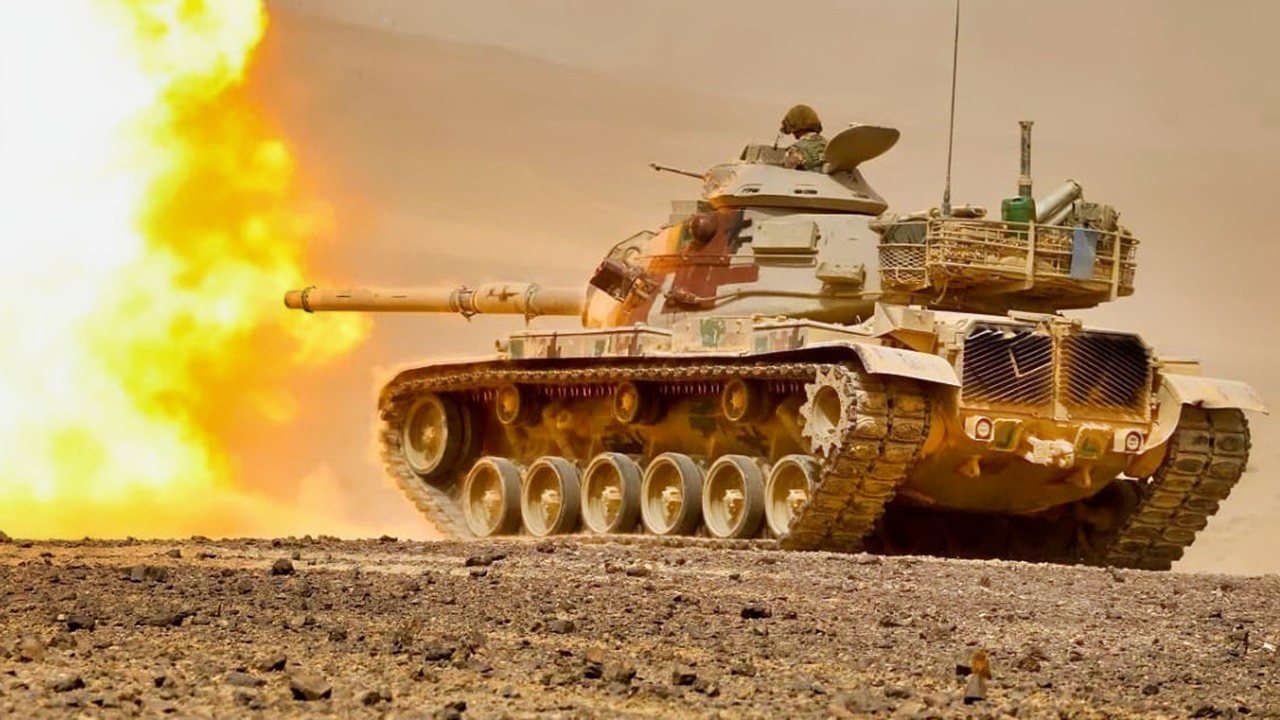Key Points and Summary – Turkey boasts a massive tank fleet—Leopard 2/1s, M60 variants, and M48s—yet much of it is old, diverse, and maintenance-heavy.
-Recent wars show tanks die quickly without APS, counter-UAS, and tight integration with air/arty/ISR. Ankara’s answer is the Altay, a K2-derived MBT aimed at sovereignty and modernization after S-400/F-35 fallout.
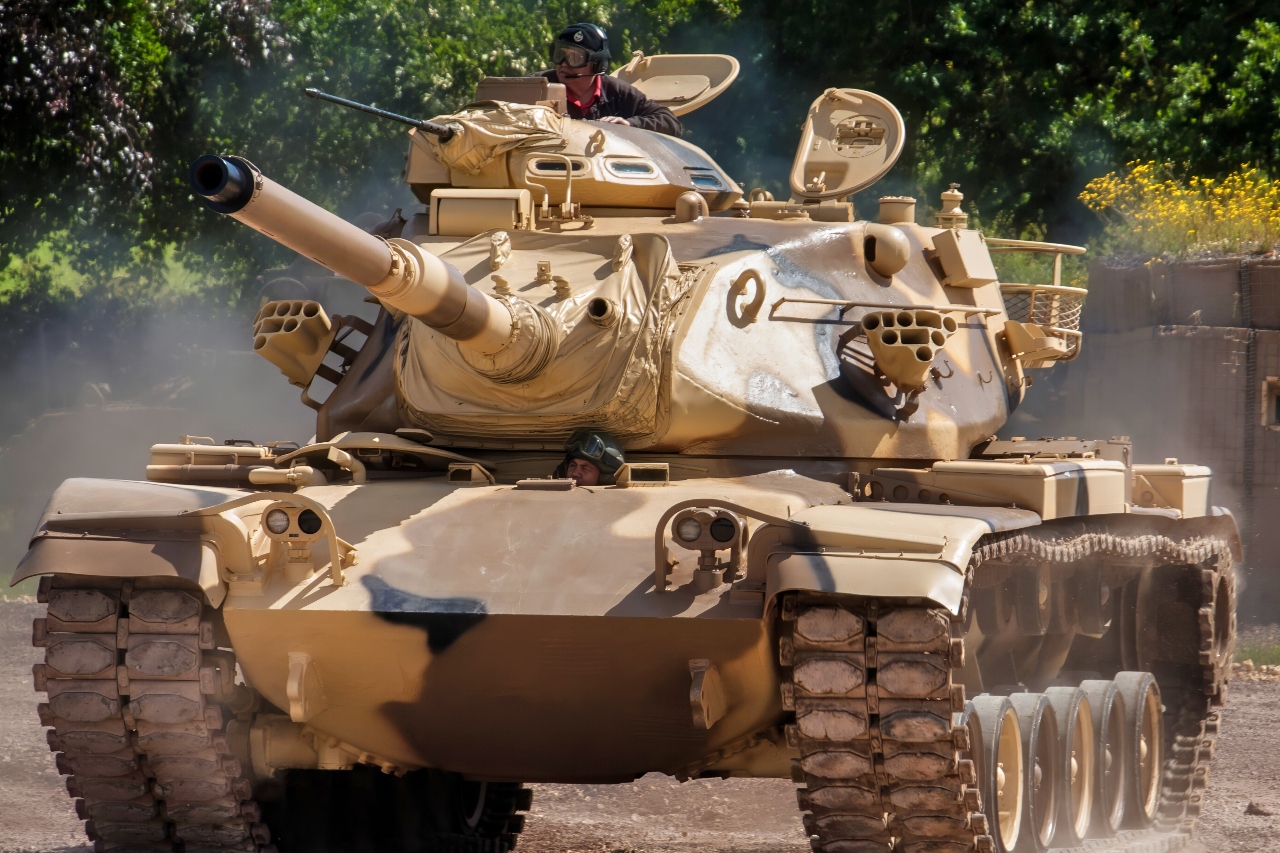
M60 Tank U.S. Army. Image Credit: Creative Commons.
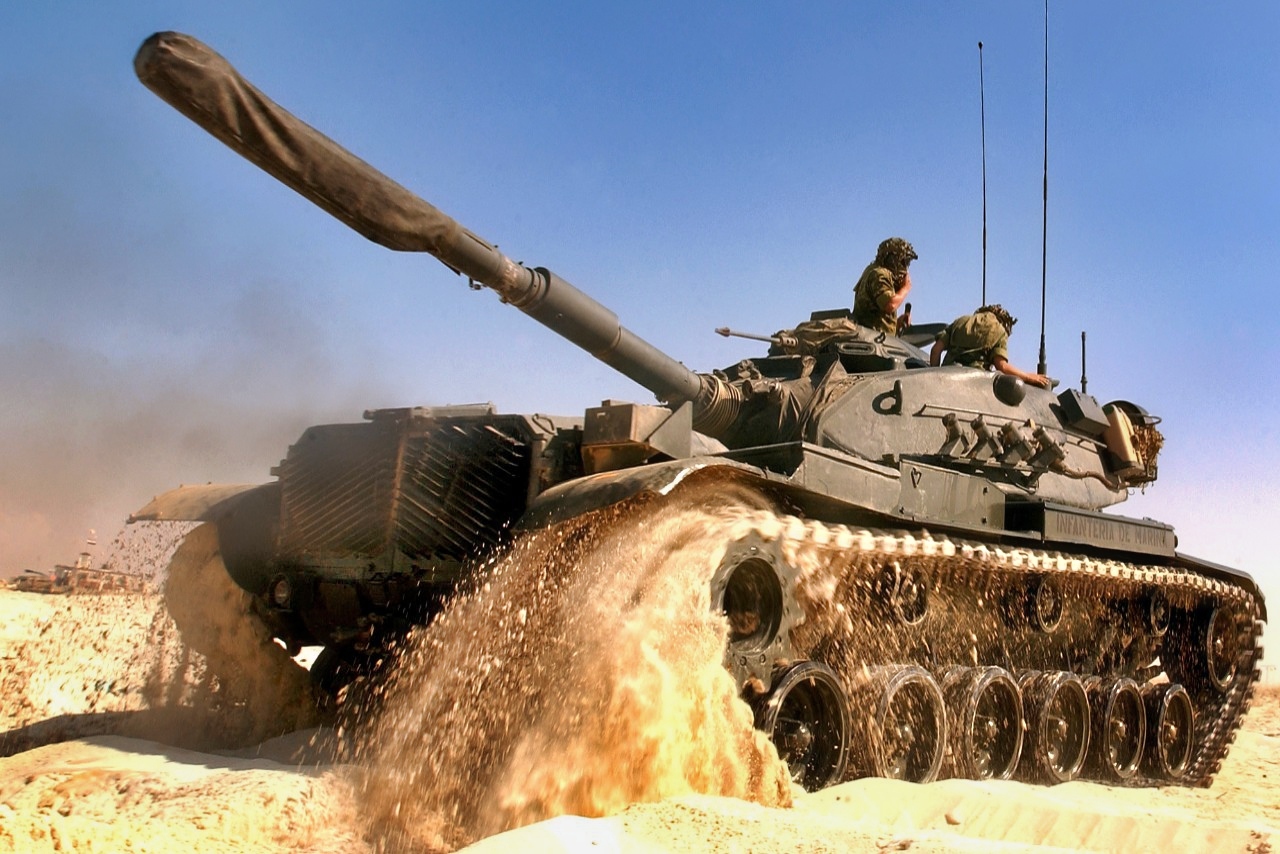
M60A3 Tank. Image Credit: Creative Commons.
-Ambition meets friction: powerpack sourcing, sustainment, training, and limited strategic lift constrain real expeditionary utility.
-At home, mass still deters and projects prestige, but credible combat power requires retiring legacy hulls, fielding Altay in numbers, and hardening the force against drones and top-attack munitions—otherwise Turkey’s armor remains more parade than punch.
Turkey Has A Huge Number of Tanks – What’s the Deal?
Turkey is a NATO member, but it is not known for its mechanized warfare capabilities that could be decisive against Russia.
The Turks must protect against terrorism and separatist efforts by Kurdish insurgents, but this is more warfare suited to air assault, light infantry fighting that features counter-terrorism and counter-insurgency tactics.
Force-on-force armored warfare would be a rare occurrence, even though its rival and frenemy, Greece, has a large number of tanks. Plus, there is a peace process ongoing with the PKK Kurdish militants that would lessen the chances of a large Turkish tank deployment.
Over Two Thousand Tanks Could Be Deployed
The Turks have a fantastic number of tanks – perhaps as many as 2,200 of various models.
Some have been upgraded with modern features. The Turks, like most countries, love to have prestigious tools of defense, and the tank fits the bill.
They look impressive in military parades and give President Recep Tayyip Erdogan’s defense forces confidence that they could defend against an invasion or hold onto terrain offensively.
However, the Turks must be paying attention to the war in Ukraine. Tanks have struggled mightily on the battlefield since the Russian invasion began. Armored vehicles on both sides have taken a pounding due to anti-tank missiles and loitering, kamikaze drones that streak up high and dive down to pierce the turret in a fiery disaster.
Turkey Must Improve Its Aging Mechanized Force
The Turks are learning that their tank force may be obsolete and that modern warfare could render the armored corps ineffective. They must modernize the force or begin to retire what they have. New armor is needed, as well as sensors and countermeasures to detect incoming missiles and unmanned craft before they can cause damage.
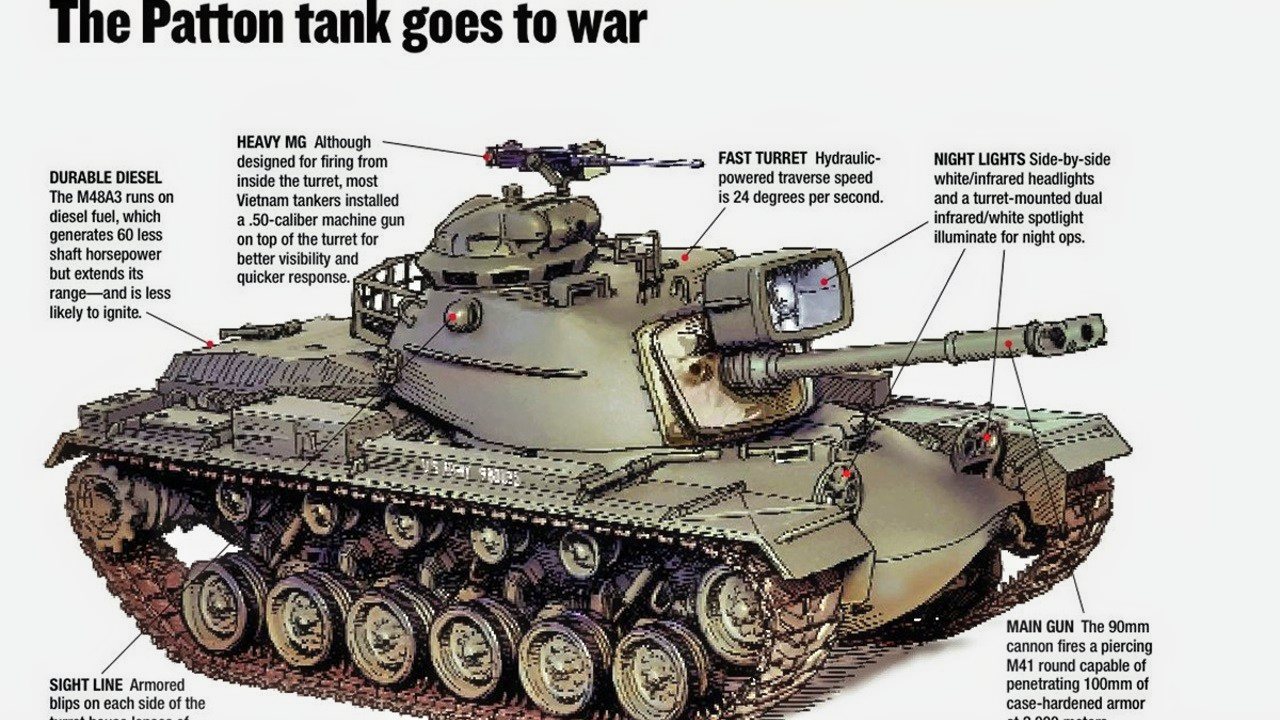
M60 Tank. Image Credit: Creative Commons.
Delusions of Grandeur
Erdogan has grand dreams, though, that influence his thinking.
He would love to reclaim more territory that the Ottoman Empire lost after its dissolution.
The Balkans are nearby. North Africa is close, and the Middle East is within striking distance. Erdogan is foolish, though if he thinks his tank force could clear and hold terrain by winning only armored battles.
He would need an amphibious expeditionary force to accompany all the tanks, especially mobile artillery, air cover, and a logistical train that could keep pace with any type of large-scale offensive.
The Turkish military has around “330 Leopard 2s, 350 Leopard 1s, 160 M60 Sabras, 650 M60 Pattons, and 750 M48 Pattons.” That’s quite a mix and requires an ample amount of maintenance. The army must have a massive force of soldiers devoted to these tanks.
The training needed to keep these personnel up-to-date on caring for the armored force would be substantial.
The same applies to the money needed to keep the tank corps running smoothly. This may not make the best sense since many are so old and in need of tender loving care. Spare parts and components are needed, and these are not always available from the Americans and Germans.
Is the Altay Main Battle Tank the Answer?
However, Turkey is focusing on modern defense acquisition practices so that it won’t be as dependent on the West.
It has purchased advanced S-400 air defense systems from Russia – a practice that enraged NATO and the United States, who kicked Turkey out of the F-35 program.
It has modernized tank development with the Altay main battle tank. This is a fourth-generation model that resembles the South Korean K2 Black Panther based on a design by Hyundai Rotem.
Turkey wants a whopping 1,000 Altays that would serve for decades into the future. At least they know that the other main battle tanks are obsolete.
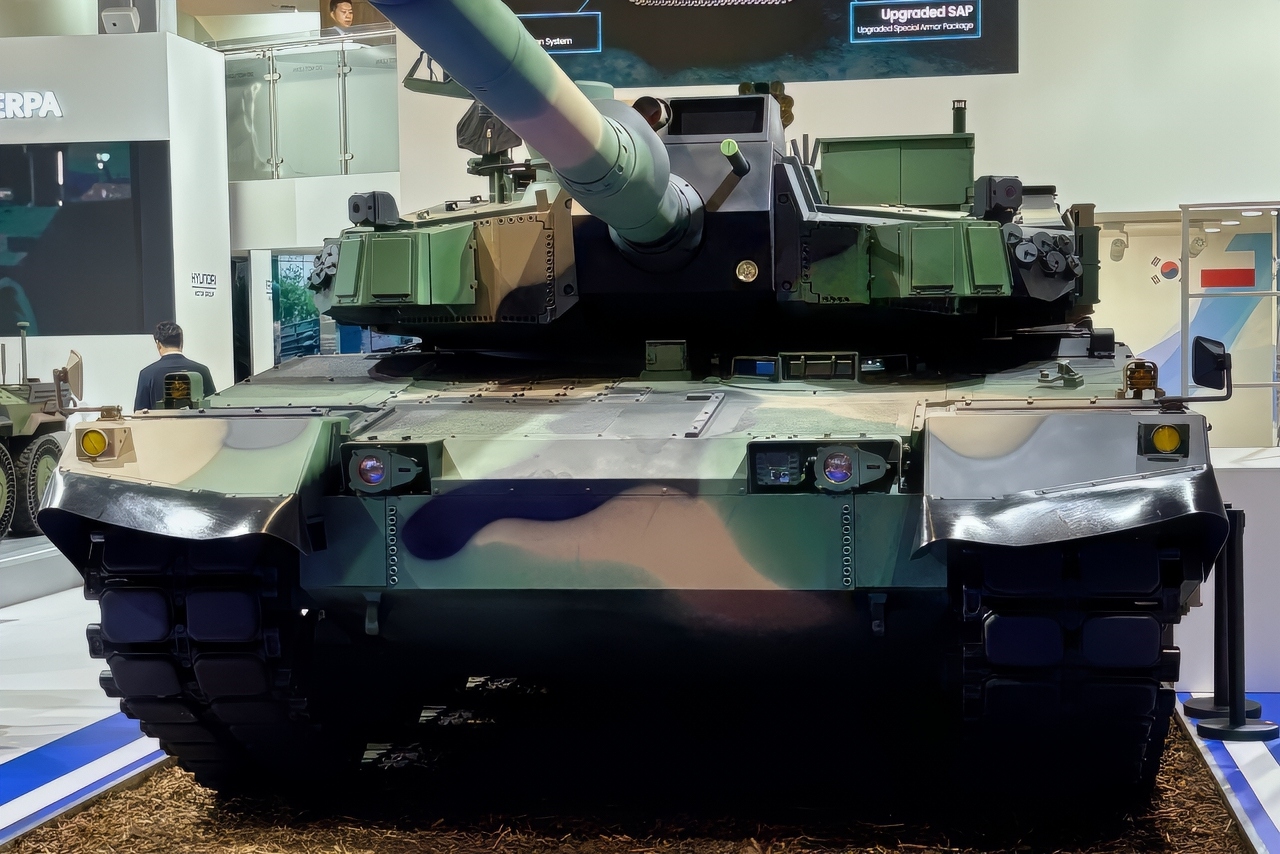
K2 Black Panther Tank National Security Journal Photo from Poland. Taken on 9/2/2025.
Patton tanks are outdated and should be either in reserve or retired altogether.
However, Turkey loves the tank because it symbolizes when Turkey was a vast military power that dominated the region. They are seen as instruments of war that can serve as strategic, operational, and tactical assets.
There is a psychological effect when the Turkish military adds to its tank forces.
The strength in numbers gives the Turks confidence that they would be victorious in war. This morale boost is essential.
If You Lose a Tank, Make Another
Since the Turkish military has a large number of tanks, the army could withstand a prolonged pounding and still have reserves in store to continue the fight, while acquiring more Altays in the meantime.
This is similar to the Russian strategy of bringing old tanks out of storage while developing more modern models, such as the T-90.
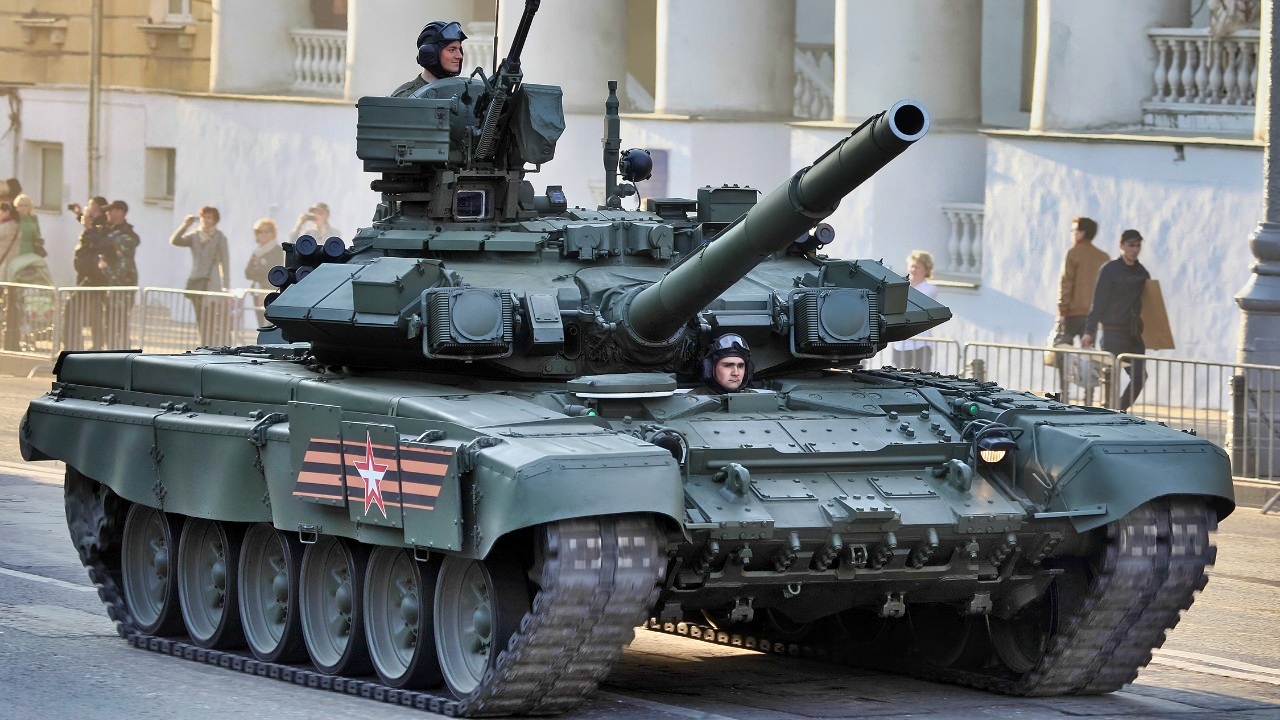
T-90 Tank. Image Credit: Creative Commons.
Turkey is thus thinking offensively with its armored doctrine, not just defensively. Erdogan may know now that the tank is vulnerable, but he believes there is strength in numbers and that he could win a war of attrition against any rival in the Middle East and North Africa.
How would the Turks transport all their tanks to distant locations? This is a conundrum, since the Turks are not known for having the strategic lift capabilities or ships that could support an attacking force in lands far away.
This is why the current tank strategy may be a loser. Yes, having a massive force of tanks may boost confidence in the military, but if you can’t deploy and employ a force, they are not worth the effort of training and maintenance.
Don’t look for the Turks to divest or transition away from their huge tank corps. Erdogan appreciates that his military remains relevant, even though an expeditionary offensive is not feasible. But he can play defense, and the numbers favor the Turks during a war of attrition.
Turkey has a large tank force because it reminds the country of its past glory, national pride, and prestige, as well as other morale-boosting influences.
The tank may have endured a brutal war in Ukraine, but don’t tell the Turks that because they don’t care.
The tank is still part of a Turkish dream for greater glory.
About the Author: Brent M. Eastwood
Brent M. Eastwood, PhD is the author of Don’t Turn Your Back On the World: a Conservative Foreign Policy and Humans, Machines, and Data: Future Trends in Warfare plus two other books. Brent was the founder and CEO of a tech firm that predicted world events using artificial intelligence. He served as a legislative fellow for US Senator Tim Scott and advised the senator on defense and foreign policy issues. He has taught at American University, George Washington University, and George Mason University. Brent is a former US Army Infantry officer. He can be followed on X @BMEastwood.
More Military
Russia’s Su-34 Fullback Fighter-Bombers Are Going Down in Ukraine
America Bought A Massive Fleet of MiG-29 Fighters
Russia’s MiG-41 6th-Generation Mach 4.3 ‘NGAD’ Fighter Nightmare Begins
A U.S. Navy Nuclear Attack Submarine Sank Due to an ‘Uncovered Manhole’ Mishap
The U.S. Navy’s Nuclear Aircraft Carrier Nightmares are Just Beginning
